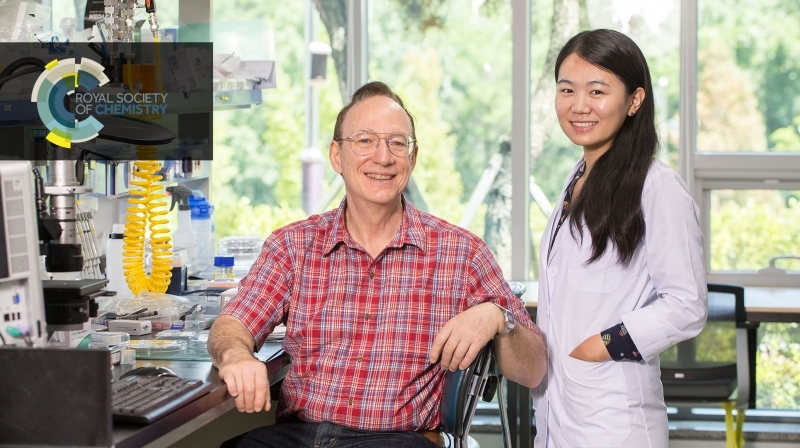“Colloidal particles move in a rapid and random fashion. By achieving better control of their movements, we may soon be able to build a self-powered nanorobot that could one day heal patients from the inside,” says Professor Granick.
A team of researchers from UNIST has recently published a study describing the collective mobility of active matter. This breakthrough comes from a research, conducted by Professor Steve Granick (School of Natural Science, UNIST) of IBS Center for Soft and Living Matter at UNIST in collaboration with Professor Erik Luijten in the Department of Materials Science and Engineering at Northwestern University and Distinguished Professor Bartosz A. Grzybowski in the School of Natural Science at UNIST. The findings of the study has been published in the recent issue of the prestigious journal of Chemical Society Review.
The term “colloidal” refers to items of a small size that are floating in a medium of one of the following three substances: a solid, a liquid, or a gas. Familiar colloids include fog, smoke, homogenized milk, and ruby-colored glass. For instance, milk is an emulsion of fat particles dispersed in an aqueous phase. In the colloidal state, these particles are larger than most simple molecules (1 nm), but are small (1 µm)enough that they do not settle out upon standing.
“Colloidal particles have been widely employed in the industrial preparation of paints, air purification, and food products.” says Professor Granick. “Yet, there seems to be lack of reliable, well-conducted scientific evidence to support their use.”
Colloidal particles continue to attract a great deal of attention because of their potential impact on an incredibly wide range of industries and markets. As one can see from the ability of self-propelled active particles to harvest a source of energy from their surroundings, there is no doubt that its potential for scientific research is truly limitless.
The research team notes that beyond fundamental questions of physics, chemistry and biology, active matter also presents numerous engineering opportunities, from the efficient delivery of drugs to the design of “living” materials with structures and functionalities that would be impossible to achieve in passive materials.
Journal Reference
Jie Zhang et al., “Active colloids with collective mobility status and research opportunities”. Chemical Society Review, (2017).




















